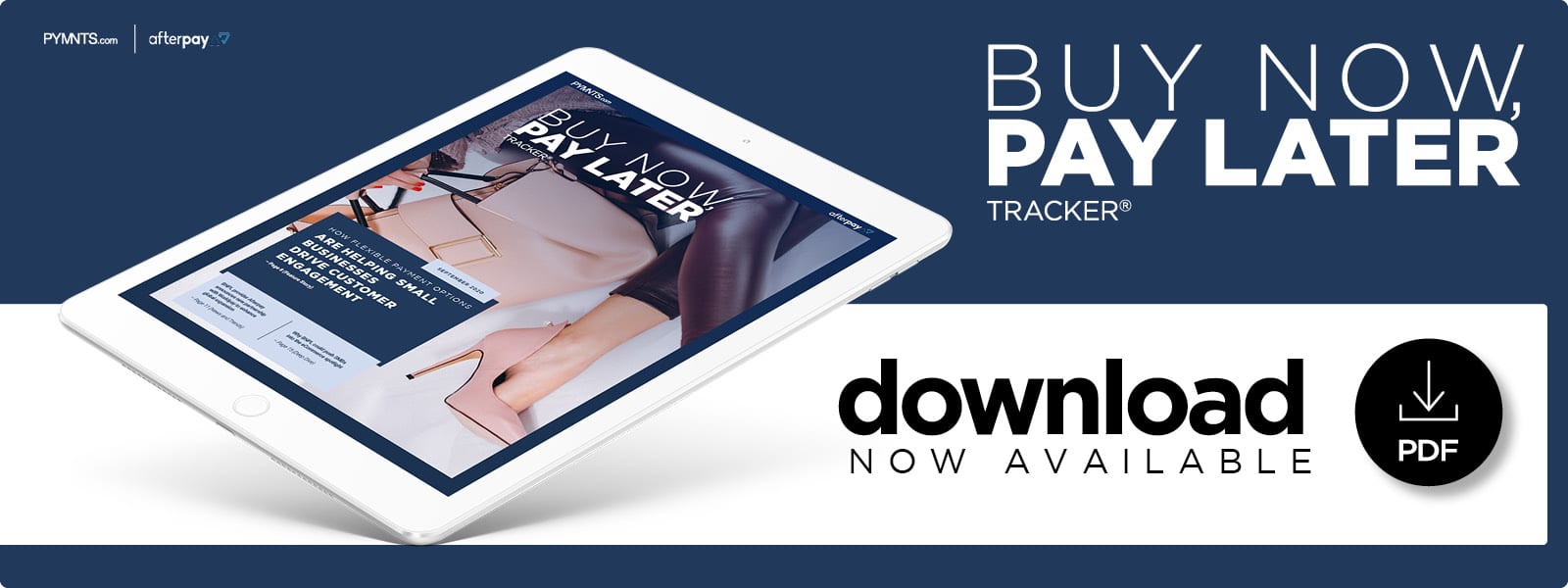How Flexible Payment Options Are Helping Small Businesses Drive Customer Engagement

Small retailers are competing in an increasingly crowded eCommerce space, but offering payment options that resonate with consumers’ financial needs can give them a boost, says Markesha Tillman, founder of women’s clothing eTailer The Slay Brand. In this month’s Buy Now, Pay Later Tracker, Tillman discusses how installment payment plans can help small businesses level the playing field with large eTailers and attract a wider customer base.
Online retail business is booming during the COVID-19 pandemic as consumers increase their use of contactless digital channels to shop safely from home instead of returning to brick-and-mortar stores. Recent data revealed that U.S. consumers spent approximately $347 billion at eCommerce retailers within the first six months of 2020, whereas they spent $267 billion during the same period of time a year before.
However, small- to medium-sized businesses (SMBs) are feeling the weight of increased competition and have fewer resources than their much larger competitors to draw upon. Small eCommerce retailers are discovering how leveraging buy now pay later (BNPL) can help boost not only customer engagement and loyalty but also their own bottom lines. Installment payments can allow customers feeling the pinch of the economic downturn to pay off their purchases over time while providing steady revenue streams for small businesses that keep them afloat.
Markesha Tillman, founder of Richmond, Virginia-based The Slay Brand, a nearly four-year-old women’s affordable clothing eCommerce business, first learned about BNPL services offered by FinTech Afterpay while perusing lifestyle retailer Urban Outfitters’ website about two years ago.
“After reading up on it, I thought this would be something my customers would be interested in,” Tillman said. “When I went to sign up, I was hesitant at first because it asked for revenues in millions or less than a million.
I was concerned they might not approve me because I don’t make a million in revenue a year, but nevertheless [I] clicked on it.”
Two weeks later, she received an approval email and quickly integrated her system with the Afterpay payment network. Tillman quickly took action once The Slay Brand was automatically added to the Afterpay directory.
“I started promoting Afterpay in my emails and on social media, and my sales just started going up and up and up,” she said. Tillman said Afterpay had about five million active customers at that time who could find and shop at retailers offering its payment services on its website.
The BNPL Effect
The Slay Brand’s sales have climbed nearly 40 percent since Tillman began offering BNPL payment options, and sales have been further buoyed by the recent surge in online shopping, she explained. Average monthly sales have quadrupled for the company during the pandemic.
“This year will probably be the biggest year for me in sales,” Tillman said.
As a member of the Afterpay BNPL network, merchants like The Slay Brand are listed in its directory and receive additional support from the provider. The payment option allows customers to split payments for purchased items into four interest-free installments over six weeks.
Fees are not charged unless a customer is late in making a payment, in which case they must pay $10. Merchants receive immediate payment for items that customers purchase but are required to pay a 4 percent to 6 percent commission and a flat fee of 30 cents — rates that are worth it to small businesses for the amount of exposure they potentially receive.
“Free marketing support is one of the most valuable benefits of being a BNPL member,” Tillman said. Such support can be a boon to small business owners looking to grow their businesses.
“In the first year, I got an email from Afterpay saying I had reached 500 sales with individuals using the accounts,” she continued. Since then, The Slay Brand was promoted to be featured on the Black-owned business category page of the Afterpay website, further helping Tillman build brand awareness.
The Affordability Factor
BNPL offerings have also proven to increase the average order value by placing items within financial reach for customers who would probably have called it quits on the spot. Tillman has noticed that her customers who use Afterpay will order two $90 sweatsuits instead of one, for example, and that they are likelier to use BNPL to pay for the luxury rhinestone dress offered by the merchant for $129.
“Because the items are affordable, they order a lot of them; they will order five or six items and Afterpay them,” she said. “That’s why I am glad I [offer] the affordable items, because my customers don’t have to settle on just one or two items — they can get more and pay over time.”
The pressure to maintain a sharp and consistent online image comes with more visibility through BNPL networks, however.
“I’m more cautious about the quality of pictures I post on Instagram because, for one, Afterpay follows me, and they could potentially repost a photo to their millions of customers,” she explained.
Tillman hopes that the loyalty she has earned could eventually help diversify her brand beyond clothing and accessories to include an exclusive line of household goods. Gaining exposure and marketing support through the Afterpay BNPL network is helping propel The Slay Brand and other small businesses like it toward maximum growth.

